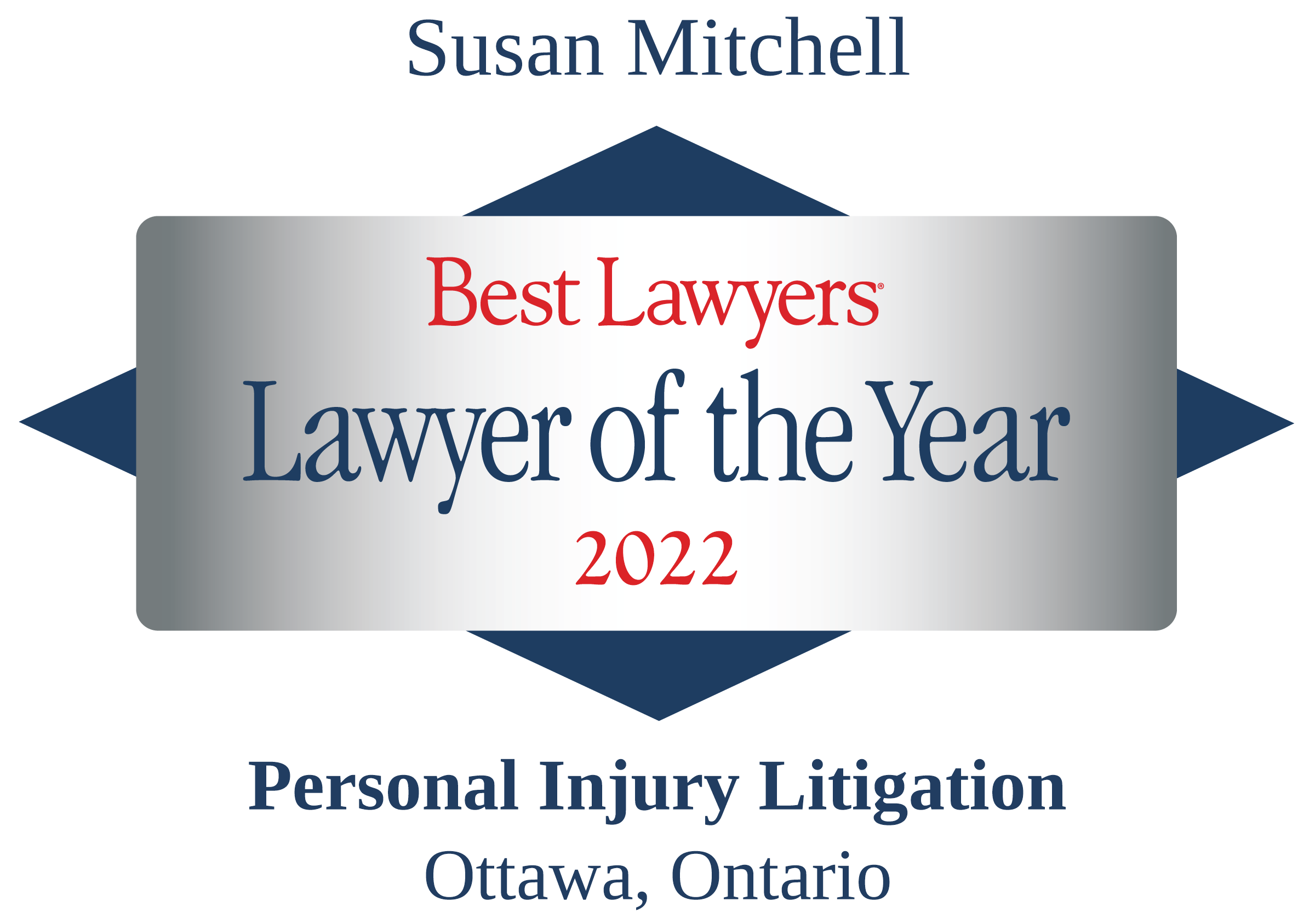If you have been injured in a motor vehicle accident, it is important to know about the Statutory Accident Benefits Schedule (SABS). Anyone injured in a collision in Ontario is eligible for accident benefits under the SABS.
We recently reported on the different types of accident benefits available under the SABS. This article follows on by looking at how to make a claim and what you can do if the insurance company refuses to pay benefits.
What is the Statutory Accident Benefits Schedule?
The SABS is a regulation made under the Insurance Act. The coverage set out in the regulation is provided by law under every auto insurance policy. These benefits provide compensation, regardless of fault, if you, your passengers, or pedestrians are injured, or die due toas athe result of your accident.
The benefits provide coverage beyond OHIP and are paid by the insurance company. They can help you deal with an accident’sboth the physical and financial fallout from an accident. As we mentioned previously, there are a range of benefits that may be payable, including medical and rehabilitation, income replacement and attendant care benefits.
Making a claim for statutory accident benefits
If you have been injured in a motor vehicle accident, it is important to tell your insurance company within seven days of the accident. The company will send you a package of forms for completion, including:
- Application for Accident Benefits – the applicant (or their representative) is required to give information about the accident, the relevant insurance policy or policies, and their employment, student or caregiver status.
- Employer’s Confirmation – the applicant’s employer is required to give employment, income and benefits information.
- Disability Certificate – the applicant’s health care practitioner is required to provide details about the injuries sustained by the applicant in the accident and their impact, any further examinations required and any pre-existing conditions. In some circumstances, the practitioner will need to complete other forms to allow for medical and rehabilitation benefit claims.
These forms need to be returned to the insurance company within 30 days of receiving them. The insurer will use the information provided to determine whether the applicant is entitled to benefits.
Decision-making by the insurance company
Your insurance company will write to you to let you know which benefits you will receive and if there are any parts of the claim that it is not prepared to pay for. They have statutory deadlines to begin paying benefits. If they deny a claim, they must give written notice that includes reasons for their decision.
The insurer is not required to pay certain types of benefits, for example, if:
- you knew (or should reasonably have known) that you were driving without insurance;
- you were driving without a valid licence;
- you knew (or should reasonably have known) that the vehicle was being driven without the owner’s consent; or
- you were engaged at the time of the accident in an act for which you were convicted of a criminal offence.
Dealing with your insurance company
In some cases, the insurance company can ask you to go for an independent assessment. It may also ask for additional information after you have submitted your application.
If your insurance company denies your claim for statutory accident benefits, you should speak to a lawyer experienced in handling accident benefits claims. The company might consider that you are not entitled to a benefit or that you are entitled to a lesser amount, for example, if it thinks that your injury is less severe than stated in the application.
It may be possible to settle your claim with the insurance company by writing to them, providing further information about the accident and claim or through negotiation. However, on some occasions, it may not be possible to reach an agreement with the insurance company about whether you are entitled to a benefit or the amount of a benefit.
Applying to the Automobile Accident Benefits Service
It is possible to apply to the Automobile Accident Benefits Service (AABS), which is a division of the Licence Appeal Tribunal, in order to resolve a dispute. You need to file an application with the AABS within two years after the insurer’s refusal to pay the amount claimed. In order to file an application, the applicant needs to complete an AABS application form, send a copy to the insurance company, submit a certificate of service form confirming that they served a copy of the application on the company, and pay the application fee.
The AABS tries to help applicants and insurance companies reach a settlement. This can happen through a meeting called a case conference. If that doesn’t result in a settlement, then there is a hearing led by an independent adjudicator, who will make a legally binding decision.
During the hearing, the applicant and the insurance company, or their representatives, will explain their position to the adjudicator and can question witnesses and introduce documents as evidence, such as the police accident report and medical reports. Witnesses may include those with knowledge of the circumstances of the accident and doctors that examined the applicant after the accident. The parties can also make arguments about the facts and the law.
After the hearing, the adjudicator will deliberate and later issue a decision as to whether the applicant is entitled to the benefit and the amount, with written reasons.
Contact the Personal Injury Lawyers at Tierney Stauffer LLP About Your Accident Benefits Insurance Claim
Dealing with an insurance company after you have been injured in an accident can be frustrating and time-consuming. There are time limits that you need to comply with. The personal injury lawyers at Tierney Stauffer LLP will give you the advice you need to settle your accident insurance claim successfully so that you can recover financially and move on with your life. Please reach out to us by telephone at 1-888-799-8057 or contact us online to set up a free consultation with a member of our team.


